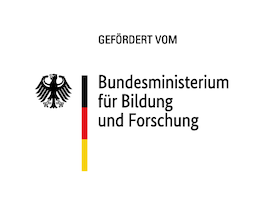
While heatwaves in the Northern Hemisphere are becoming more intense overall, not all regions are affected equally. To understand why heatwaves have rapidly intensified over some areas and more slowly over others, researchers from Germany, China and the Netherlands analysed the complex network between heatwaves and atmospheric pressure extremes, focusing on the crucial role of changes in atmospheric teleconnections. They found that the variations of heatwaves is driven by atmospheric teleconnections in the form of large-scale airstreams that circle the globe with alternating high and low pressure anomalies, also known as Rossby wave trains.
The study shows that these teleconnections can explain nearly half of interannual changes in heatwaves and estimate the correct signs of asymmetric heatwave trends in nearly 80% of the land area in middle- to high-latitudes. In Eastern Europe, teleconnections can account for up to 70% of the upward trend. In the past 25 years, the probability of extremely hot summers has more than quadrupled in areas with stronger atmospheric teleconnections, but remained almost unchanged in regions where these teleconnections weakened.
Article:
Cai, F., Liu, C., Gerten, D., Yang, S., Zhang, T., Li, K., & Kurths, J. (2024). Sketching the spatial disparities in heatwave trends by changing atmospheric teleconnections in the Northern Hemisphere. Nature Communications, 1 (1), 8012. DOI: 10.1038/s41467-024-52254-0
Weblink to the Article:
Contact:
PIK press office
Phone: +49 331 288 25 07
E-Mail: press@pik-potsdam.de
www.pik-potsdam.de





